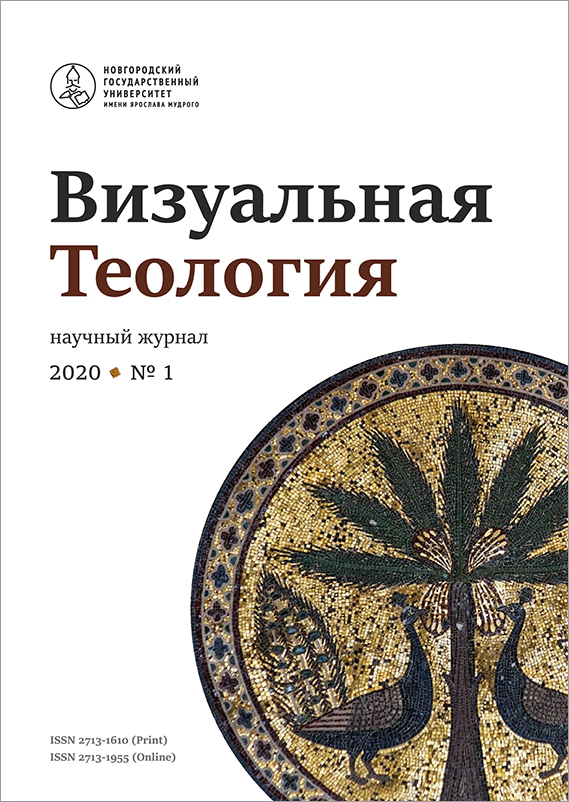The Discovery of Hierotopy
Аннотация
This paper outlines the genesis of hierotopy, a notion serving to conceptualize the creation of sacred spaces as a particular form of human art. The concept encompasses the entirety of the multifarious components employed in Byzantine sacred spaces and analyzes the ways in which their cooperative interaction results in the formation of a ‘spatial icon’, or a kind of sacred ambiance. The very notion of a ‘spatial icon’ draws upon the central place of icons and iconicity in the Eastern Christian worldview. In Byzantium, icons were seen as windows opening out onto an otherworldly reality, or, rather, as doors opening up a two-way communication; in this way, the icon was understood as a means or a place, of immediate contact with the divine, or a sort of platonic chora, in which ideal divine forms assimilated material contours. Within the context of a sacred space, the icon appeared not only as a principal meaning-making agent, but also as a conceptual key for understanding the way in which other components, as well as the sacred space as a whole, effectively worked; each component was thus understood and experienced as being ‘iconic’, or icon-like, in the sense of providing other points (or, rather, spaces) of contact between the earthly and the divine. As this paper recounts, Alexei Lidov made his first steps towards forging the concept of hierotopy while studying the design, as well as the perception, of Byzantine iconographic programs; as his studies revealed, icons acted not simply as images, but also with the full deployment of their wonder-working potential evincing a powerful expression of religious meaning, particularly when purposefully employed together with wonder-working relics. Lidov’s next step was to realize the fully performative nature of spatial icons by taking into account the crucial role played by the surrounding liturgical context, in which each beholder, or liturgical participant, played an active role in giving life to the spatial icon. Hierotopy was thus discovered (and formally defined) as a special form of art involving the performative creation of spatial icons. The paper also discusses the concept of ‘image-paradigms’ as multimodal units of meaning within sacred spaces, or as compound mental constructs combining together dogmatic ideas, imagery and holistic emotive components (so-called atmospheres).


